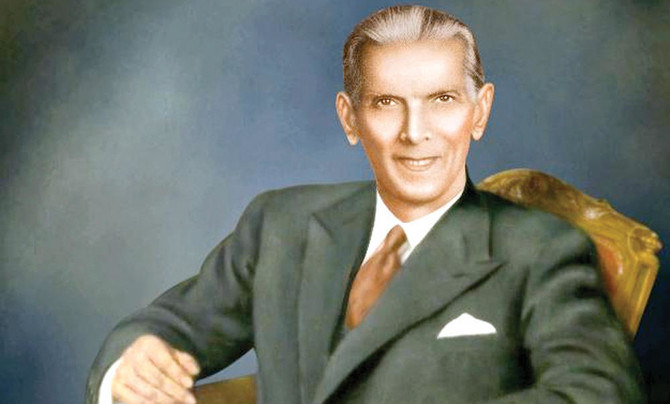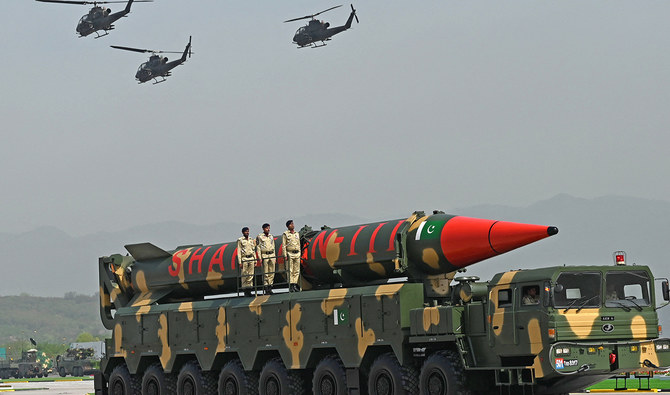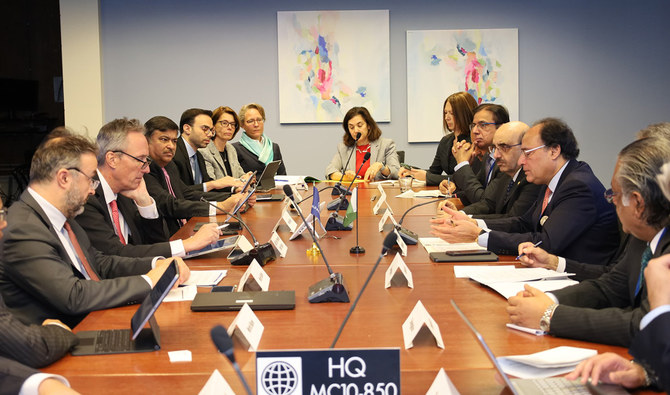Quaid-e-Azam Mohammed Ali Jinnah, the founder of Pakistan, was no doubt one of the most charismatic leaders in world history. He was there at just the right moment, when Muslims in pre-partition India were facing severe challenges.
Under his leadership, the Muslims of the sub-continent gained independence and created a sovereign state, Pakistan, without a shot's being fired. This has no parallel in the chronicles of history.
Otto von Bismarck, the former German Chancellor, once said: “Man cannot control the current of events. He can only float with them and steer.” Jinnah’s statecraft proved this statement to be true, as he skillfully and successfully steered the adverse currents of events in 1946 and brought the battered Muslim ship ashore, safe and sound, within a year.
Jinnah’s attraction to the world of politics began as a young man working in London. He was very impressed by Dadabhai Naoroji, a Parsi from Bombay who was the first Indian to become an MP in Britain, and upon returning to India Jinnah entered the world of politics and joined the Indian National Congress. The first of the party’s annual sessions that he attended was its 20th, held in Bombay in December 1904.
There is no denying that initially Quaid-e-Azam was an ambassador for Hindu-Muslim unity; given the presence of a non-native government, he did not wish to exacerbate the problems between Muslims and Hindus. Nevertheless, he stood up for the rights of Muslims even when he was a member of Congress. In 1916, a result of his efforts was the Lucknow Pact, an agreement in which Congress accepted the right of Muslims to have separate constituencies and expressed willingness to give them constitutional guarantees.
Quaid-e-Azam was a man of principle who set very high political standards and values and never compromised on them. There were two main keys to Jihisnnah’s successful statesmanship: a rational approach to politics, and a keen knowledge of objective realities, however awkward or complex.
He had the uncanny ability to always make the right choice at the right moment. His statesmanship is evidenced by the fact that he considered each and every proposal put to him, whether it came from the British or from Congress, including the Lucknow Pact, the Roundtable Conferences of the early 1930s on constitutional reform, and the Cabinet Mission that came to India in 1946 to discuss the transfer of power from the British government. He studied them and found and used every opportunity they offered for securing the rights of Muslims.
US historian Stanley Wolpert wrote in his book “Jinnah of Pakistan:” “Few individuals significantly alter the course of history. Fewer still modify the map of the world. Hardly anyone can be credited with creating a nation-state. Mohammad Ali Jinnah did all three.”
• Muhammad Arshad Munir is press counselor at the Pakistani Consulate in Jeddah.


















